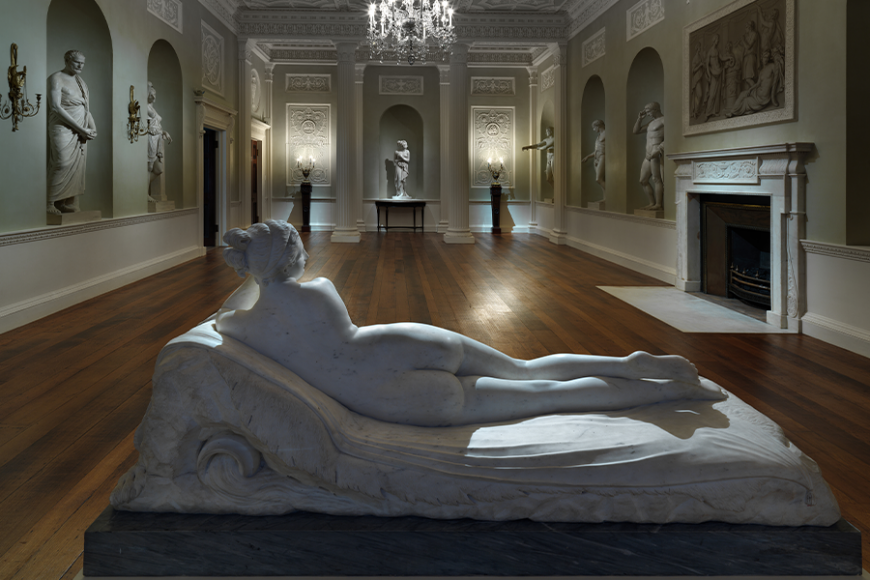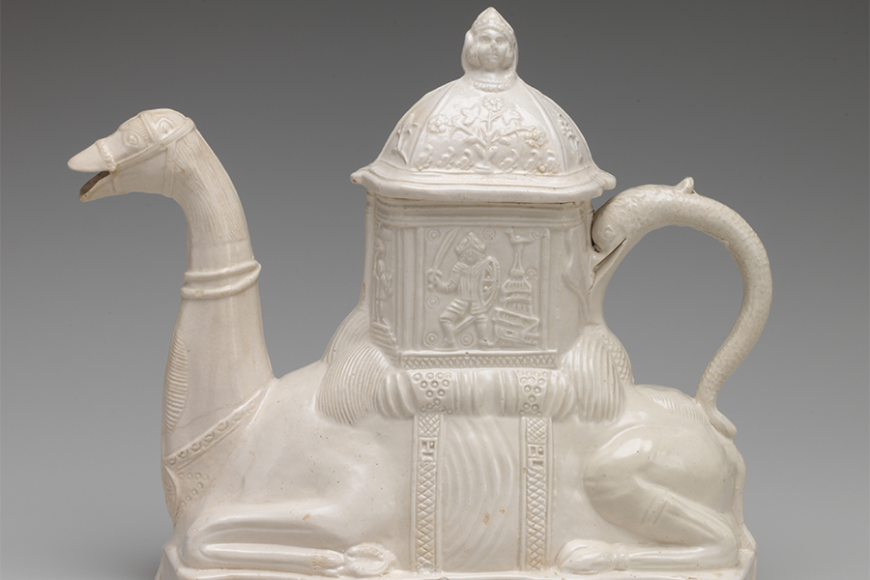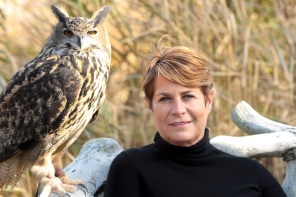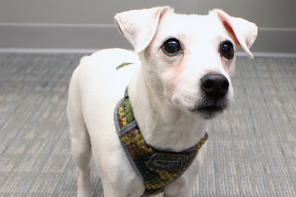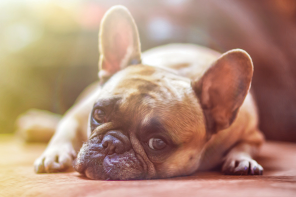(Editor’s note: At present the Metropolitan Musuem is closed due to COVID-19.)
In the midst of the recent press preview for The New British Galleries, featuring four centuries of decorative arts and design at The Metropolitan Museum of Art in Manhattan, WAG had the cheek to ask The Met’s Wolf Burchard about animals.
This line of questioning, you see, was with this issue, our annual salute to the animal kingdom, in mind. During our leisurely walk through the sweeping suite of galleries, some 11,000 square feet housing about 700 works created between 1500 and 1900 — a truly dazzling display of silver and sculpture, furniture and textiles, paintings and more — we had spotted many an animal image, from horses splashed across tapestries to fish designs enlivening platters, from oversize peacock sculptures holding court to petite cat figurines prompting a little smile.
And that was just for starters.
Burchard, officially the associate curator, Department of European Sculpture and Decorative Arts and lead curator for the new galleries, was game to participate in what was likely an unexpected approach.
“Animals play a major role in British society, as (they) would in probably any society,” he said.
A reflection of that role in decorative goods and art, he also said, is only natural, adding that in this case, it also reflects the British sensibility.
“The English are quite a reserved people,” Burchard shared. “If one of your relatives dies, they can be quite uptight.”
But, he continued with a laugh, if you said your dog had died, they would likely make quite a fuss over you, asking if you were all right, did you need anything, etc.
It extends, he said, to the proverbial English country home, where the wealthy owner might offer a tour that reflects his true passion. A possible scenario envisioned by Burchard: “We’re not looking at the Van Dyck or the Rubens, but ‘Look at the picture of my dog.’”
Burchard indeed pointed out several examples of such a kinship with animals reflected within these new galleries, touching on the importance of say, an elephant-shaped teapot, exotic to the British society for which it was made — or the layered meaning of an Indian tiger “fighting back” — actually against British colonialism — in another sculpture.
And in those examples come perhaps the true purpose of these reimagined galleries, a highlight of The Met’s 150th anniversary.
The space, at times sweeping in scope and at others intimate, showcases work created from 1500 to 1900 — the period when Britain was transformed from a simple island nation to a world power — and officially opened to the public March 2.
The galleries, to note, were the result of a collaboration with Robin Standefer and Stephen Alesch, principals of the design firm Roman and Williams Buildings and Interiors.
The suite of 10 galleries was completed, museum materials share, to “provide a fresh perspective on the period, focusing on its bold, entrepreneurial spirit and complex history.”
The galleries, which also boast three stunning, full-size 18th century interiors, were designed, we also learn, to offer a “chronological exploration of the intense commercial drive among artists, manufacturers and retailers that shaped British design over the course of 300 years. During this period, global trade and the growth of the British Empire fueled innovation, industry and exploitation. Works on view will illuminate the emergence of a new middle class — ready consumers for luxury goods — which inspired an age of exceptional creativity and invention during a time of harsh colonialism.”
There are indeed many layers to the works on display, from the dazzling array of 18th-century teapots in soaring glass cases to the 19th-century Asprey & Co. desk set featuring gilded bronze and malachite, displayed at the 1851 Great Exhibition of the Works of Industry of All Nations in London that was created by Prince Albert.
Visitors will no doubt remember moments both small and large, from the study of an elaborately decorated 18th-century sugar box in silver to walking up the staircase from Cassiobury House, Hertfordshire. The English staircase, featuring intricate carving in pine and elm by Edward Pearce (circa1630-95), came to The Met in 1932.
Walking that staircase “creates for our visitors an experiential understanding of life then,” noted Sarah E. Lawrence, the Iris and B. Gerald Cantor curator in charge, Department of European Sculpture and Decorative Arts who with Burchard was the project’s curatorial team.
All, it must be said, has been done with great thought — and purpose.
As Max Hollein, director of The Met, said in advance materials, “Especially on the occasion of The Met’s 150th anniversary, we are thinking deeply about the stories told in our galleries and how every object on display is an outstanding work of art but also embodies a history that can be read from multiple perspectives: A beautiful English teapot speaks to both the prosperous commercial economy and the exploitative history of the tea trade. The curators have created a new narrative for the galleries that sheds light on four centuries of extraordinary artistic achievement alongside the realities of colonial rule. The result is a thoughtful examination of the British Empire and its astonishing artistic legacy.”
Cheers to that.
The New British Galleries are now open at The Metropolitan Museum of Art in Manhattan, at 1000 Fifth Ave. For more, visit metmuseum.org.

